SUMMARY
This is AI generated summarization, which may have errors. For context, always refer to the full article.
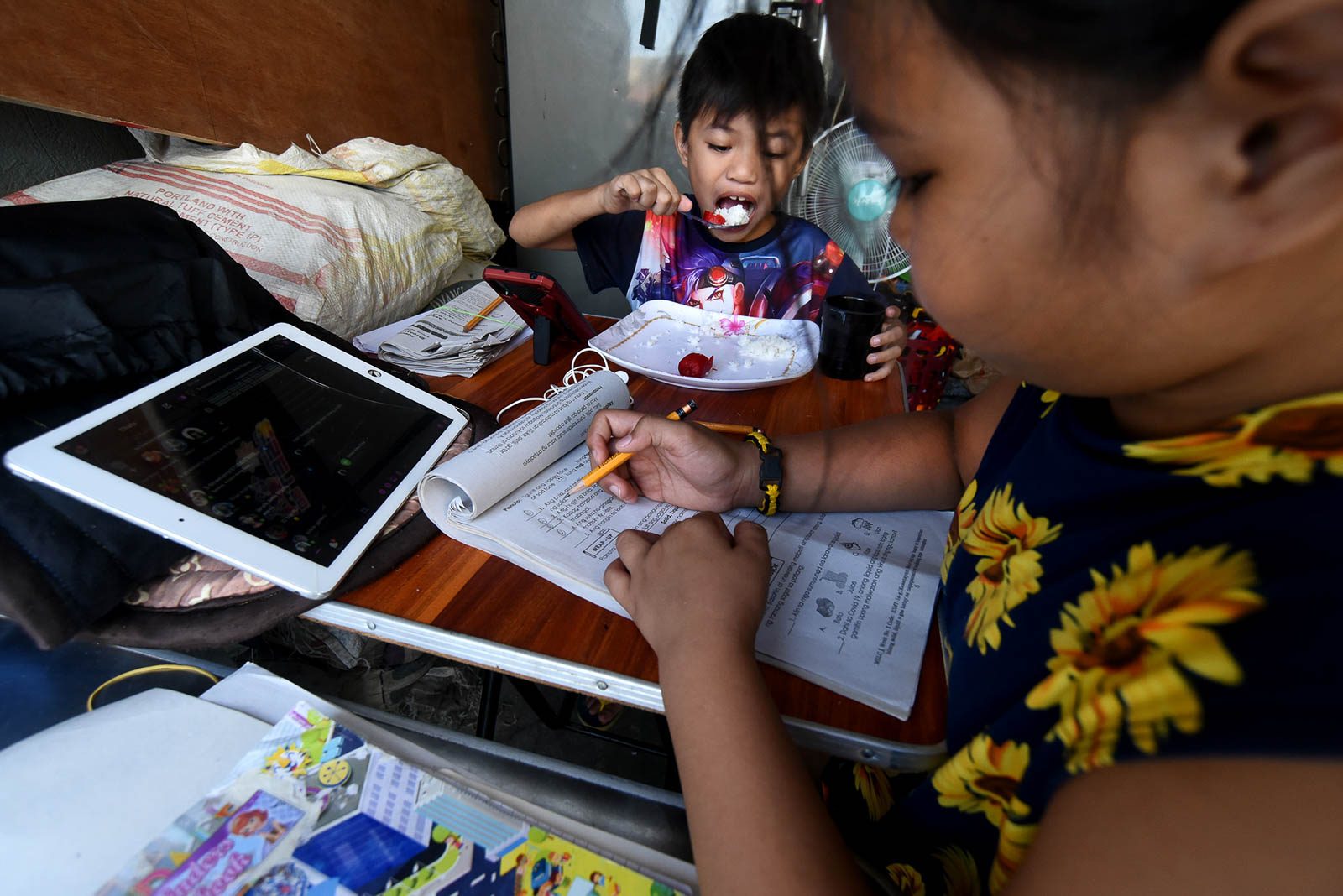
Education Undersecretary Alain Pascua on Wednesday, November 11, reminded teachers, students, and parents that students don’t have to limit themselves to one learning mode while studying remotely.
Pascua said in a consultative meeting with Sorsogon school heads that this was the essence of the “blended learning” approach being pushed in line with the coronavirus pandemic. (FAST FACTS: DepEd’s distance learning)
The Department of Education’s (DepEd) blended learning approach has the following options for students: taking lessons through online classes, modular or printed materials, television, or radio. Upon enrollment this school year, students indicated which mode they preferred for their classes.
But Pascua encouraged students to use all available methods in their households to enrich their learning experience.
“You can combine methods. The teachers should teach by all means…. The same goes for the students – they have to learn by all means. The student may have a module, because that’s what they chose, but they should look at what they have at home. Do they have a TV, cable, internet connection, cellphone? They should use all of that. That is blended learning,” Pascua said in a mix of English and Filipino.
“Ang problema lang kasi natin, natutok tayo sa module, module na lang lahat. Nakalimutan na lang na meron ibang equipment (Our problem is that we focused on only the module. We forget that there are other equipment),” he added.
Pascua said DepEd data showed that modular learning was the most preferred distance learning method at 90%. Face-to-face classes are still prohibited by the government until there is an available COVID-19 vaccine.
Combining methods
According to the DepEd, television and cellphones are the “widest source of information” across the country. Since IBC 13, the channel where DepEd broadcasts its classes, is free-to-air, any television with signal should be able to access it.
The episodes on DepEd TV are also uploaded to the DepEd Commons website, which is free of data charges. They are also available on its YouTube channel.
But accessing even one method of remote learning is a problem in itself. Citing data from the National Telecommunications Commission, DepEd said just 67% of the population have access to the internet. Since the country is also currently in rainy season, storms have devastated families’ homes and damaged modules.
Super Typhoon Rolly, which came in early November, brought damage to at least 226 schools. Still reeling from Rolly’s wrath, Luzon on Wednesday braced itself for another storm – Typhoon Ulysses.
Not as easy
A grade 11 student in Pasig City told Rappler that it was not easy for her to blend or switch methods. She was enrolled in online classes for the year, but one day in October, her laptop broke. Her cellphone was not high-tech enough to cater to online classes either.
The student told her teacher that she needed to switch to modules, but the request was not immediately granted because she was not included in the count of students to be given modules. Schools across the country are facing challenges in resources for module production.
It took one week before her modules became available. For the student, it was a long week of struggling to catch up with her classmates.
“Nahirapan ako kasi ‘di ako makasabay. Akalain mo, one week ako bago magkaroon ng module. ‘Di ako nakakasunod sa lesson ko noong time na ‘yun,” she told Rappler over Facebook Messenger.
(I had a hard time because I couldn’t keep up. Imagine, it took one week before I got my module. I couldn’t follow my lessons that time.)
While her teacher advised her to tune into the DepEd programs on television and radio, the student said she had a difficult time catching up because the programs went too fast, and she could not pause the videos.
Even if the student lived near the city center of Pasig, her internet speed on her Globe Prepaid Wi-fi hovered around 1 mbps.
There have also been numerous blunders spotted in DepEd materials, like grammatical errors in English questions, and wrong solutions for math problems. DepEd said in an October 23 press conference that they received a total of 56 learning module mishaps. (READ: ‘We’re not perfect’: DepEd appeals for public understanding after module blunders)
DepEd said during the Wednesday consultative meeting that it was working to make DepEd TV a “permanent fixture” so that whether or not there is a crisis, students can continue their education through the television programs. – Rappler.com
Add a comment
How does this make you feel?
![[The Slingshot] Red zipper on the mouth of Sara Duterte](https://www.rappler.com/tachyon/2024/04/TL-red-zipper-sara-duterte-april-12-2024.jpg?resize=257%2C257&crop=335px%2C0px%2C720px%2C720px)
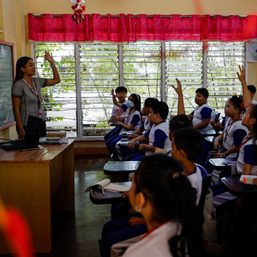
![[OPINION] How about setting up a heat health warning system in PH schools?](https://www.rappler.com/tachyon/2024/04/heat-health-warning-system-in-PH-schools.jpg?resize=257%2C257&crop_strategy=attention)

![[ANALYSIS] The multiplier effect of negligence in education](https://www.rappler.com/tachyon/2024/04/The-multiplier-effect-of-negligence-in-education.jpg?resize=257%2C257&crop=277px%2C0px%2C720px%2C720px)
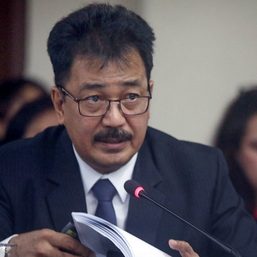
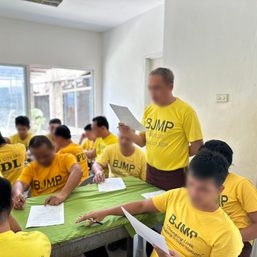

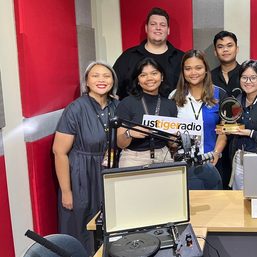
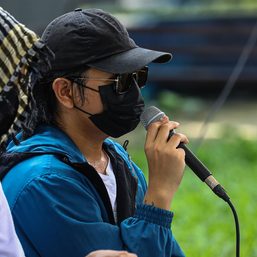
There are no comments yet. Add your comment to start the conversation.